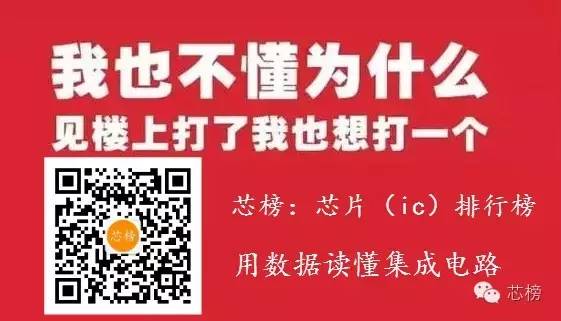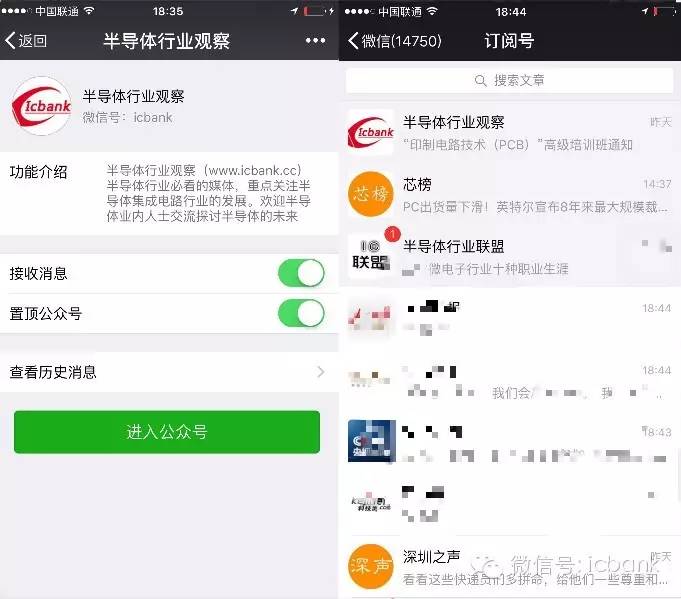
Reply “Join Group” to join the Semiconductor Industry Alliance WeChat group
ASIC is originally a dedicated integrated circuit developed for a specific function. For example, the chip inside a camera is small, has low integration, and low cost, but it is sufficient for its purpose. A counterfeit camera sells for only 30 yuan; how much does an ARM chip cost? Over time, ASICs evolved into semi-custom integrated circuits, which are relatively closer to FPGA. In some contexts, ASIC is a broad concept, and FPGA is a subset of ASIC.
FPGA is basically a high-end CPLD, and the two are very close. I am currently using the ALTERA DE2 development board with the CYCLONE series FPGA. This type of device is expressed in terms of logic gates. It is essentially a collection of logic gates, which can be converted into circuit connections using hardware description languages like Verilog HDL, connecting circuits from the most basic logic gate level (refer to digital circuit textbooks for full adders, flip-flops, etc.). Although it looks like a CPU, it is entirely hardware-implemented. Later, due to the complexity of coding and weak control parts, it was originally used in conjunction with other CPUs, where complex algorithms were submitted to the FPGA, and after processing, the results were returned to the CPU. However, this made the peripheral circuits complicated. Thus, the SOC design approach was proposed, where a CPU is directly implemented within the FPGA. Since FPGAs are versatile, creating a CPU poses no challenge. There is also a distinction between soft cores and hard cores, but apart from performance, their usage methods are largely similar. The so-called IP cores are circuits described using hardware description languages that are burned into the FPGA to form dedicated circuits, eliminating the need for additional chips, with all circuits formed within a single FPGA.
DSP should actually be referred to as DSPs, which are specialized chips for DSP processing. The difference from ordinary computers is that it has a Harvard architecture, meaning the data and program spaces are separate (ordinary computers use the von Neumann architecture). On the other hand, it has a pipelined structure, although other architectures have adopted this now. Furthermore, it has dedicated hardware algorithm circuits for performing DSP calculations, such as the basic multiply-accumulate operation. Those who have studied DSP know that the butterfly algorithm for FFT, when broken down to its basic units, is multiply-accumulate. By accelerating this part, overall performance can be significantly improved. DSPs have far superior processing capabilities for streaming media compared to general-purpose CPUs. Therefore, in modern mobile phone CPUs, at least the voice processing part is handled by DSPs. Over time, the concept of DSP has become more complex, with various manufacturers integrating a control core into DSPs, such as in today’s smartphone chips. For example, Qualcomm or TI chips typically contain an ARM core for overall processing, a DSP for voice encoding and decoding, a GPU for image processing, a baseband and antenna processing module for communication, along with various other components like GPS modules.
A microcontroller is a versatile general-purpose CPU that provides various interfaces for overall control, acting as a general coordinator. Of course, a simple function can be completed by a single CPU working independently. The original 51 series had a bunch of IO ports, and over time, commonly used functions like PWM and AD were gradually integrated into microcontrollers. This includes the long-standing and powerful 51 series, as well as AVR, PIC, ARM, HOTEK, etc. After ARM9, it has become difficult to categorize ARM; based on current architecture, it is closer to DSP.
In summary, various technologies now complement each other, so it is sufficient to choose what you need without insisting on strict categorization.
Source: If the copyright is infringed, please contact Semiconductor Industry Observation for correction or deletion! QQ416000888 Phone 13174190103 (please contact first, conditions can be discussed)
Semiconductor Industry Observation (icbank)
Semiconductor Industry Observation: The first vertical media in the semiconductor industry【www.icbank.cc】

Chip Ranking (Chip Ranking)
Understanding integrated circuits through data

Semiconductor Circle (icquan)
Semiconductor Circle is a network of leading entrepreneurs, startups, investors, and ICT technical talents in the semiconductor industry.

Recommendation: Follow Semiconductor Industry Alliance Reply “Join Group” to join the Semiconductor Circle (icquan) WeChat group with hundreds of groups and thousands of people

